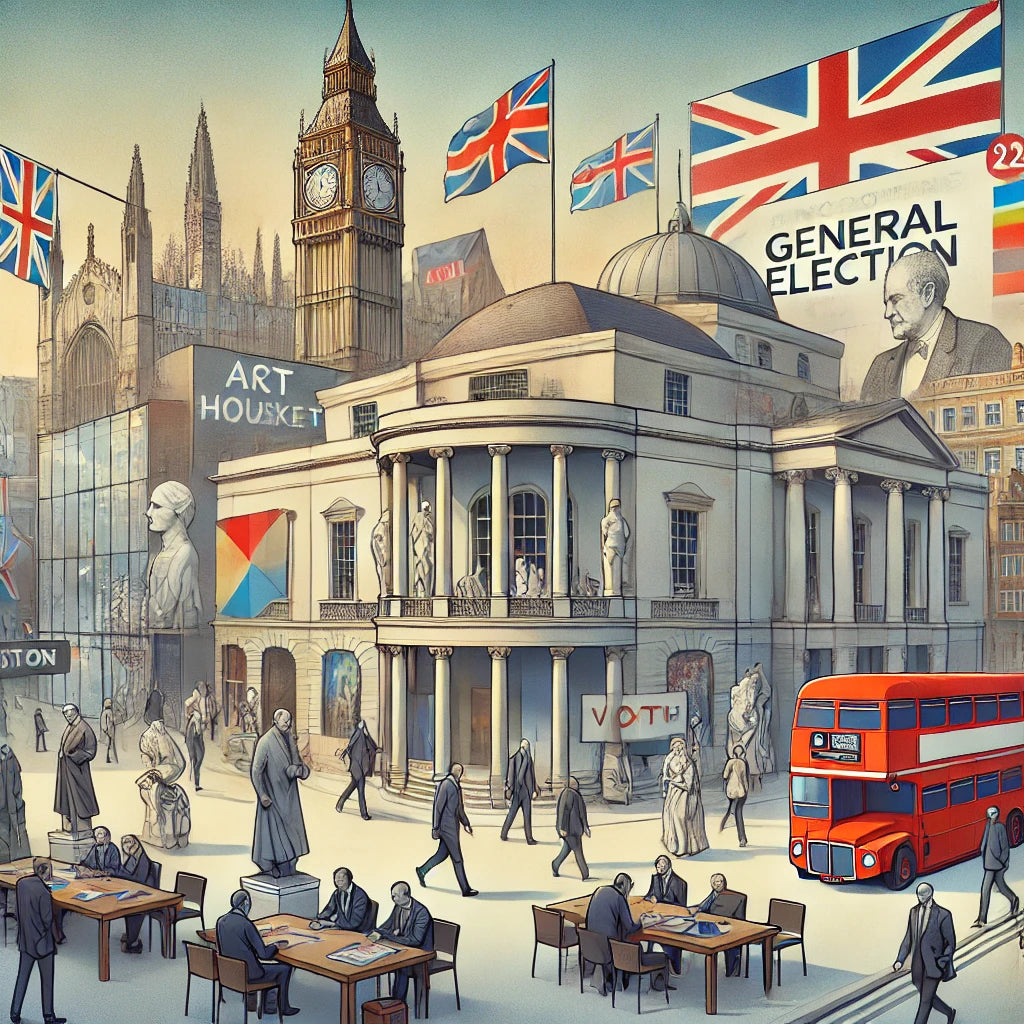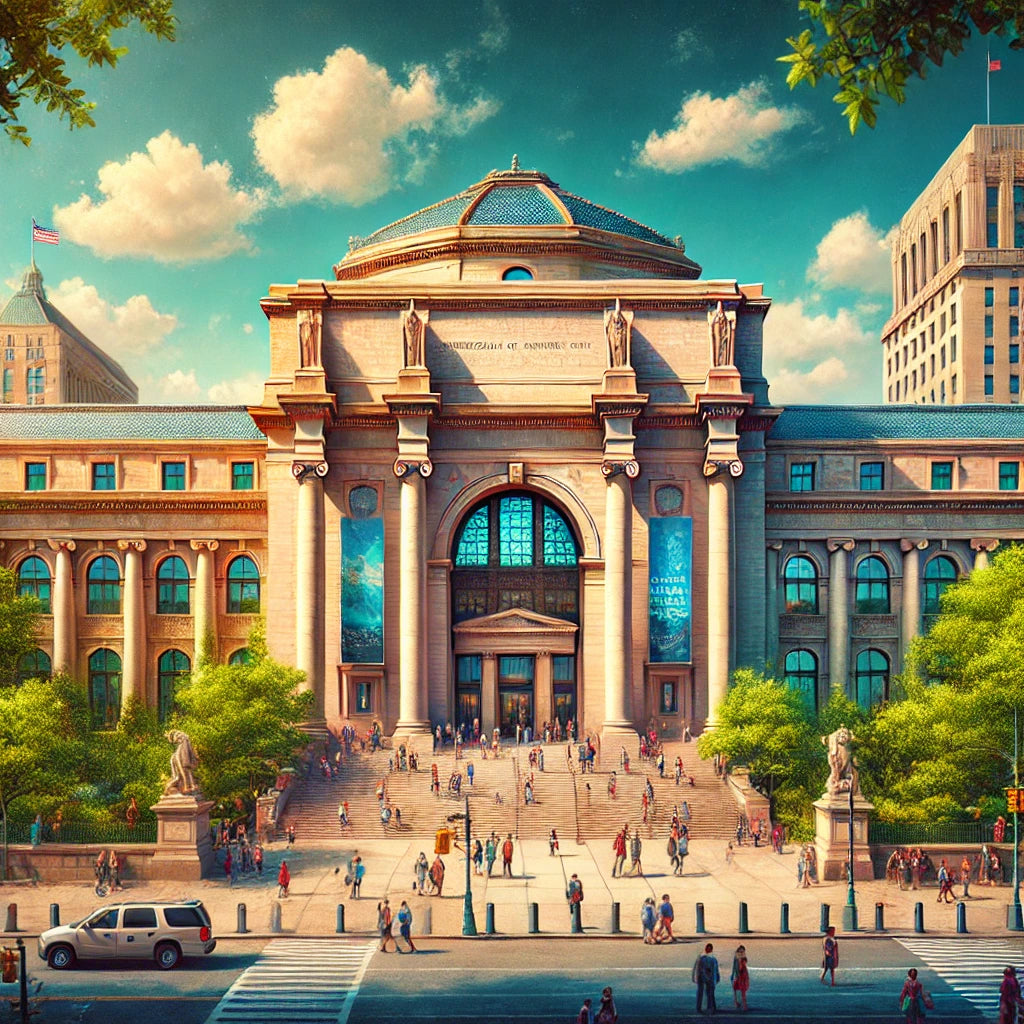Introduction
The art world is experiencing a significant transformation with the rise of virtual art exhibitions. As technology advances and the global landscape shifts, these digital platforms are revolutionizing how art is viewed, appreciated, and sold. In this blog post, we explore why virtual art exhibitions are becoming the future of art galleries and how they benefit artists, collectors, and art enthusiasts alike.
1. Accessibility and Inclusivity
Breaking Geographical Barriers Virtual art exhibitions make art accessible to anyone with an internet connection. This inclusivity allows people from all over the world to experience art without the need to travel, making art appreciation more democratic and widespread.
Reaching a Wider Audience Artists and galleries can reach a global audience, expanding their market far beyond local or regional confines. This increased visibility can lead to more opportunities for artists and a richer cultural exchange.
2. Cost-Effective and Environmentally Friendly
Reduced Costs Hosting a virtual exhibition eliminates many costs associated with physical galleries, such as venue rental, shipping, and installation. This cost-effectiveness allows more artists to showcase their work without significant financial barriers.
Eco-Friendly By reducing the need for physical transportation and materials, virtual exhibitions are a greener option, contributing to environmental sustainability in the art world.
3. Interactive and Engaging Experiences
Innovative Technology Virtual exhibitions leverage cutting-edge technology like augmented reality (AR) and virtual reality (VR) to create immersive experiences. Viewers can explore 3D gallery spaces, interact with artworks, and even attend live events from the comfort of their homes.
Enhanced Engagement Interactive features, such as artist interviews, behind-the-scenes tours, and live Q&A sessions, enhance viewer engagement and provide a deeper understanding of the artworks and the creative process.
4. Flexibility and Convenience
On-Demand Viewing Virtual exhibitions offer the convenience of on-demand viewing, allowing art enthusiasts to explore at their own pace and on their own schedule. This flexibility caters to diverse lifestyles and time zones.
Adaptability Galleries can easily update and adapt virtual exhibitions to include new works or respond to current events, maintaining a fresh and relevant experience for viewers.
5. Market Trends and Future Prospects
Growing Popularity The popularity of virtual art exhibitions has surged, especially during the COVID-19 pandemic when physical spaces were limited. This trend is expected to continue as more people embrace the convenience and accessibility of digital platforms.
Future Innovations As technology continues to evolve, virtual art exhibitions will likely incorporate more sophisticated features, such as AI-curated tours, blockchain for provenance tracking, and enhanced VR experiences, further enriching the virtual art landscape.
Conclusion
Virtual art exhibitions represent a pivotal shift in the art world, offering numerous benefits over traditional galleries. They democratize access to art, reduce costs and environmental impact, provide engaging and interactive experiences, and offer unparalleled flexibility. As technology advances, the future of art galleries will undoubtedly be shaped by these innovative digital platforms, making art more accessible and enjoyable for all.







